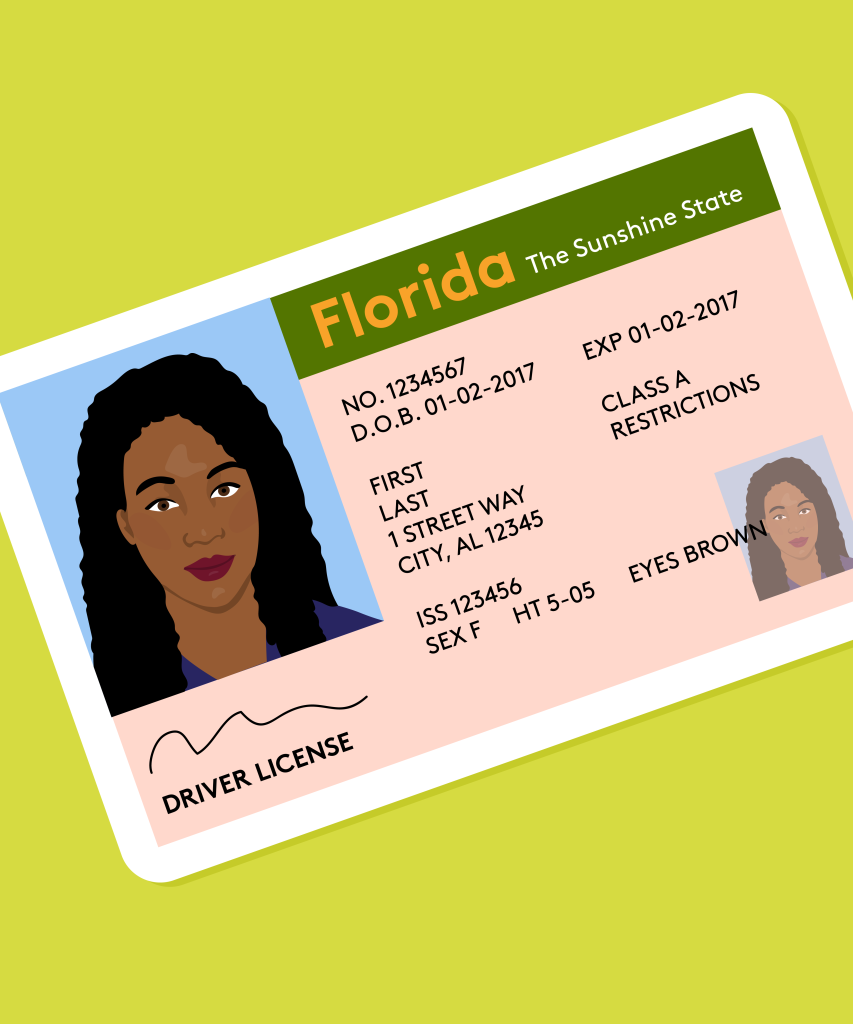
The Art of Creating Realistic Driver’s License Templates
The creation of realistic driver’s license templates has become an intricate art, accessible to both skilled designers and unscrupulous individuals alike. While the intention behind the design process may vary, it is essential to recognize that these templates have lawful applications in the realms of movie production, education, and training.
Understanding the Purpose
Before delving into the art of creating realistic driver’s license templates, it is crucial to recognize that they have practical and legitimate uses. In the film and entertainment industries, prop makers often require realistic identification documents for scenes that involve characters driving or entering establishments.
Similarly, educational institutions may employ simulated driver’s license templates for training purposes, providing hands-on experience without any legal implications. Understanding these lawful applications helps ensure that the artistry behind them is not perceived solely through a negative lens.
Studying Authentic Designs
To craft convincing driver’s license templates, an essential step is studying authentic designs from various regions. Each country or state has its own unique identification features, ranging from fonts and typography to holographic elements and watermarks. By examining genuine driver’s licenses, designers gain insights into the intricate details that contribute to their authenticity. This knowledge serves as the building blocks for creating templates that mirror real-world documents.

Emphasizing Attention to Detail
The art of creating realistic driver’s license templates demands a meticulous focus on every minute detail. From replicating the correct color palette to matching the exact font styles and sizes, every aspect plays a pivotal role in achieving the desired authenticity. Careful attention to detail ensures that the final template closely resembles an official identification document, leaving little room for scrutiny.
Employing Advanced Graphic Design Techniques
Graphic design software has evolved significantly, providing artists with powerful tools to create realistic templates. Techniques such as vector graphics, image blending, and precise layering contribute to the seamless integration of various elements. Skilled designers use these tools to craft templates with precision and finesse, resulting in documents that possess a striking resemblance to genuine identification cards.
Simulating Security Features
Authentic driver’s licenses often incorporate intricate security features that serve as anti-counterfeiting measures. A complex challenge for designers is replicating these features, such as:
- holographic overlays,
- microprinting,
- and UV elements.
However, some choose to imitate these elements for realistic purposes, understanding that the templates will not withstand official scrutiny but serve their intended purpose in controlled settings like movie scenes or training environments.
